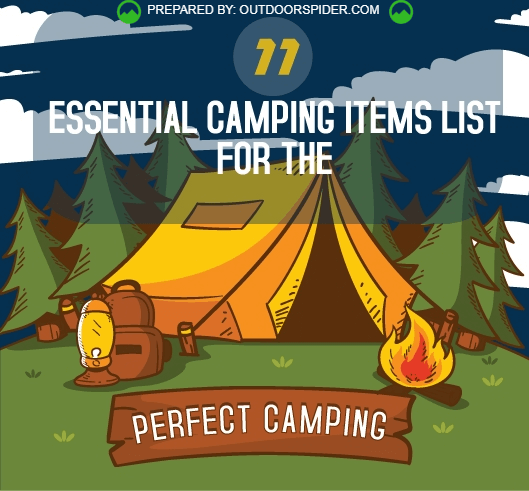A double-wall style that's both breathable and water-proof. They can be more comfortable than single-wall tents in wintertime yet can be much less sizable and open up views less.
Developed to withstand high winds and dropped snow. They might also have thicker poles and additional guylines to boost rigidness.
Whether you're glamping or backpacking, these outdoors tents can deal with a selection of winter season problems. They're perfect for those looking for a cozy and cozy retreat in the backcountry.
1. Weatherproofing
Numerous outdoors tents feature waterproofing that's increased by polyurethane coatings and long lasting water repellent (DWR) therapies. Eventually, nonetheless, changes in temperature level and prolonged direct exposure to sunlight can break down the tent's safety coatings. Rejuvenating these with joint sealer or a DWR therapy can help secure your outdoor tents from moisture damages and prolong its valuable life.
When packing up your tent, put in the time to meticulously fold and fit each shockcorded pole area into location. This will certainly prevent excessive stress that can compromise or chip the post sections and lead to architectural problems when you set up camp.
Also, use the Leave No Trace concept when picking campsites. Choose places that are free of rocks, yearn cones and other debris that can puncture or abrade the camping tent floor and fly. Likewise take into consideration bringing an impact, which is a custom-cut ground cloth made specifically for your tent's floor plan and will certainly shield it from dirt, grit, stones and other sharp objects.
2. Ventilation
If you are camping in the Everglades' humidity or Death Valley's warm, you need a tent with great ventilation. Air flow is an essential factor in preserving convenience and removing mold and mildew and mold that can make your camping tent unusable.
The ventilation system of a four-season outdoor tents is designed to get rid of warm, moist air and change it with cooler, drier air. This air exchange reduces condensation by eliminating moisture from the air before it can settle on the wall surfaces and ceiling of your camping tent.
To guarantee your outdoor tents has sufficient ventilation, try to find breathable products and adjustable vents. Additionally, boost your camping tent a little off the ground to improve air flow. One more key element of a good ventilation system is using a range jack, which gives a tent durability risk-free leave factor for your camping tent's smoke pipeline to avoid carbon monoxide gas poisoning.
3. Livability
While a 4 period tent may not be the best alternative for ultra-light backpackers, it is crucial for those intending to camp year-round. Purchasing this kind of shelter saves cash on different configurations and reduces equipment turn over. It likewise enables you to discover landscapes at various times of year, opening silent off-season experiences and lovely winter season terrain.
If you pick a strong and roomy four period camping tent like the KUIU Storm Star 2 or the Samaya 2.0, see to it that it uses sufficient weather defense. This includes a sturdy frame, strong posts and textiles made to stand up to high winds and shed snow. Look for joints that are double-stitched and surfaces like water repellent, mold & UV resistance layers that secure your investment from the components.
Furthermore, choose a double-wall style for the best livingability. Single-wall versions can be waterproof yet have issues with condensation. They can additionally be as well hot for summer and not well matched to rain.
4. Storage space
Storing your outdoor tents in a shaded area secures it from the harsh UV rays of sunshine. Prolonged direct exposure to these rays can deteriorate and damage the fabric gradually, making the tent much less durable. It's additionally essential to regularly inspect the stored camping tent for signs of wetness and intrusive insects.
Storage space tents are typically easier to use than irreversible structures since they do not require any type of adjustments to your home. They additionally provide the versatility of relocating them around your outdoor area to resolve different storage requirements.
4-season outdoors tents are developed to sustain extreme climate. They usually include rigid structures to stay steady in high winds and thicker wall surfaces to offer heat versus snow and storm winds. They strike a balance in between crucial functions like weather security, weight, and interior space to fit your specific journey objectives. The NEMO Kunai 2 and Hilleberg Nammatj 2 are both fine examples of 4-season tents that stabilize weather protection, weight, and livability.
